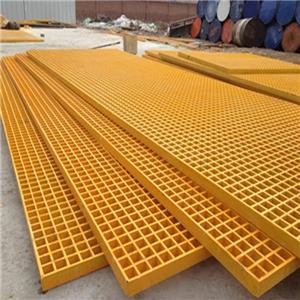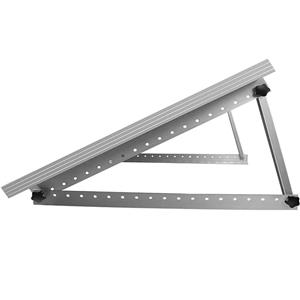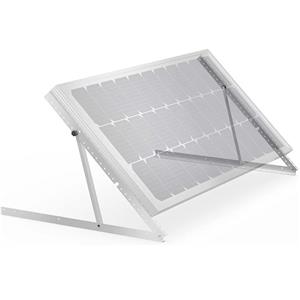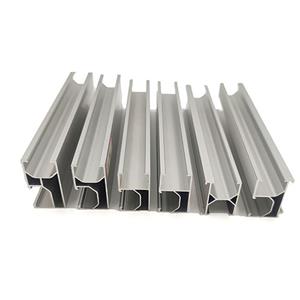The Essential Guide to Solar PV Cables: Features, Applications, and Key Benefits
The Essential Guide to Solar PV Cables: Features, Applications, and Key Benefits
Modern solar energy setups demand specialized wiring solutions to maintain optimal performance. Among these critical components, photovoltaic (PV) cables serve as the lifeline of any solar array, facilitating efficient power transfer while enduring environmental challenges. This comprehensive overview examines the technical characteristics, practical applications, and notable benefits of these purpose-built conductors.
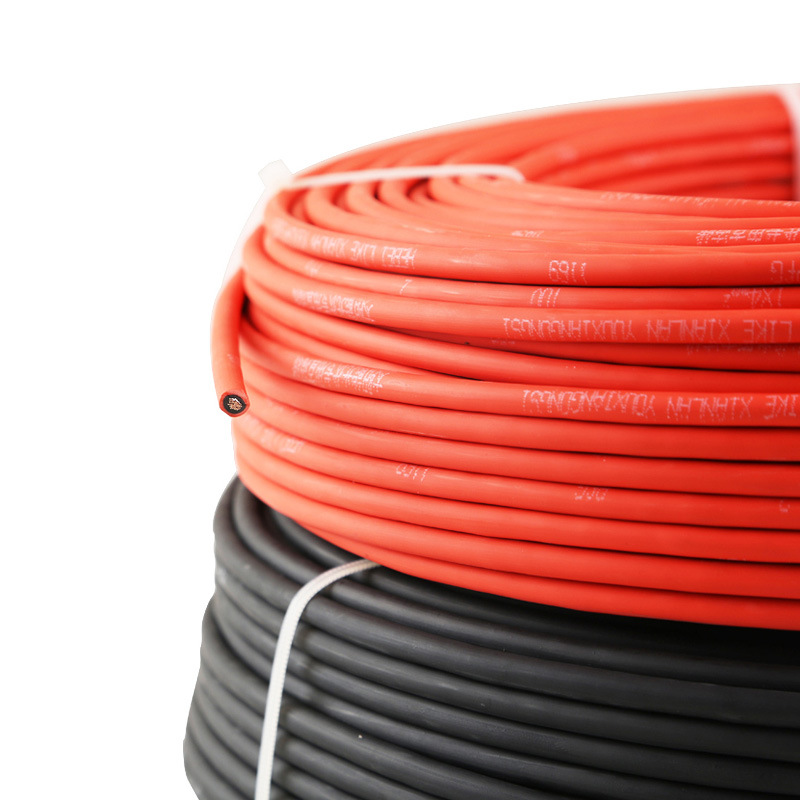
Understanding Photovoltaic Wiring Solutions
Specially engineered for renewable energy systems, PV wiring serves as the primary conduit for direct current (DC) electricity transmission between solar modules, charge controllers, and power conversion equipment. These cables distinguish themselves from conventional electrical wiring through enhanced protective features that combat solar-specific operational stresses.
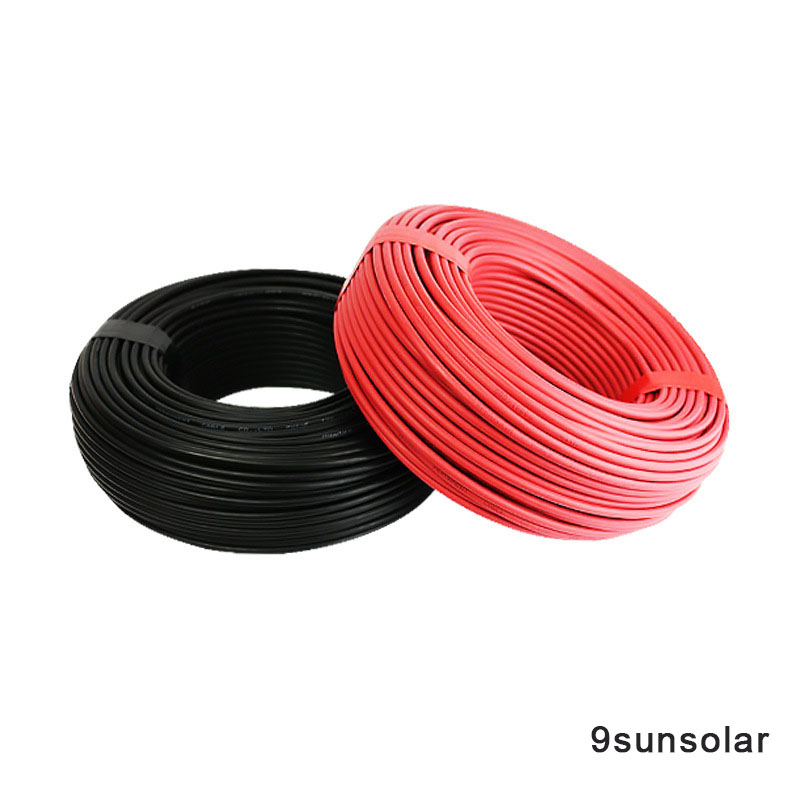
Critical Technical Attributes
1. Core Composition
Corrosion-resistant tinned copper strands ensure lasting electrical performance
Multi-wire construction provides necessary flexibility for installation
2. Protective Jacketing
Advanced UV inhibitors prevent solar radiation damage
Temperature-tolerant materials function in -40°C to +90°C ranges
Non-toxic, flame-retardant compounds enhance safety
3. Performance Ratings
Standard voltage capacities between 600V and 1.5kV DC
Various gauge options (4-10mm²) accommodate different current requirements
4. Compliance Markers
Recognized safety certifications including TÜV and IEC standards
Practical Implementations in Solar Arrays
These specialized conductors facilitate multiple connection points within photovoltaic installations:
Module-to-module linking in various electrical configurations
Panel array to power conversion equipment interfaces
Energy storage system integrations
Both fixed-ground and elevated rooftop deployment scenarios
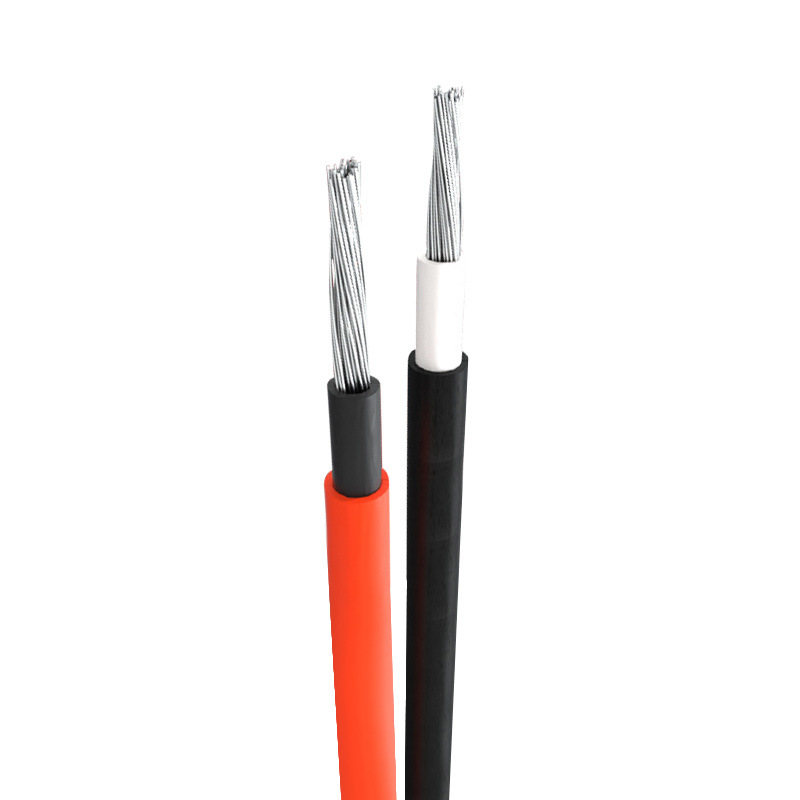
Noteworthy Performance Benefits
✔ Exceptional resilience against environmental degradation
✔ Minimized electrical resistance for superior energy transfer
✔ Simplified routing through confined spaces
✔ Enhanced fire safety characteristics
✔ Extended service life matching photovoltaic system durations
Selection Considerations for Optimal Performance
Key factors influence appropriate cable selection:
Total system power requirements
Installation environment characteristics
Relevant electrical code compliance needs
Residential applications typically utilize 4-6mm² conductors, while commercial-scale operations often require 10mm² or larger capacity wiring.
Final Recommendations
Often underestimated, photovoltaic wiring represents a vital infrastructure element that significantly impacts system reliability. Selecting premium-grade, properly certified conductors ensures sustained operational efficiency and safety throughout the system's lifespan.
For optimal results, prioritize solutions with recognized safety certifications, robust environmental protection, and appropriate capacity ratings tailored to your specific installation requirements.
Explore our additional resources covering solar components and system design best practices for more specialized guidance.
Would customized recommendations for your particular solar project help? Share your requirements below for tailored suggestions!
- Industry News
- Company News
- blog

